Boise National Forest
- February 13, 2024
- 0 comment
Immerse yourself in the grandeur of Idaho’s Boise National Forest. Hike, camp, fish, or simply soak in the beauty of this 2.3 million-acre wonderland. The Boise National Forest is a haven for outdoor enthusiasts.
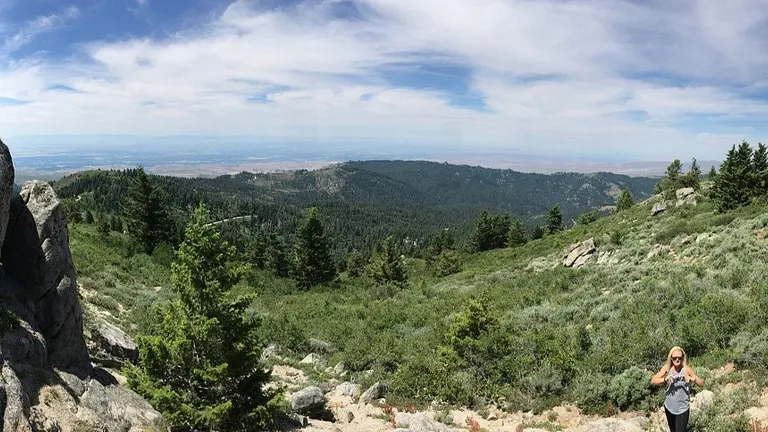
From the towering pines and shimmering lakes of the Boise Mountains to the rugged peaks and wildflower-filled meadows of the Owyhee Uplands, this diverse landscape offers endless opportunities for exploration. Hike, camp, fish, boat, or simply relax and take in the stunning scenery. The Boise National Forest is a place to create memories that will last a lifetime.
Characterizing Features of Boise National Forest
- Diverse Landscapes: Boise National Forest is renowned for its stunning variety of landscapes, ranging from deep river canyons to majestic mountain peaks. The area’s geography offers a spectacular display of nature’s artistry, attracting nature enthusiasts and photographers alike.
- Rich Biodiversity: The forest is a haven for a wide array of wildlife and plant species, underpinning its ecological significance. This biodiversity contributes to a balanced ecosystem, making it a critical area for conservation efforts and scientific study.
- Recreational Paradise: With over hundreds of miles of trails, numerous campgrounds, and vast areas for fishing, boating, and skiing, Boise National Forest is a premier destination for outdoor recreation. Its accessibility for various activities makes it a year-round haven for adventurers.
History of Boise National Forest
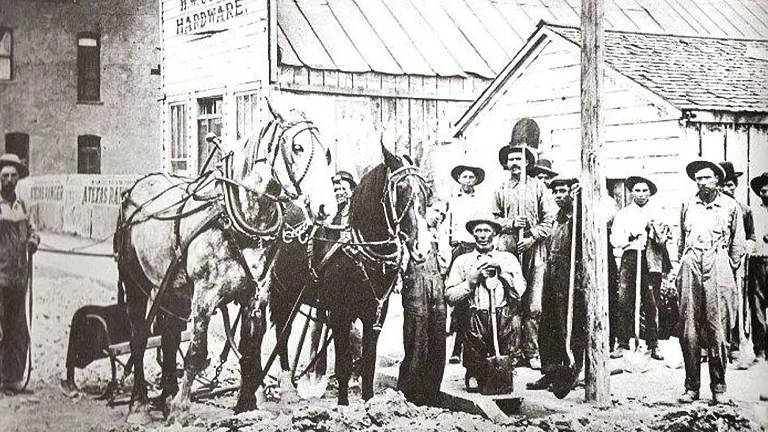
Boise National Forest’s history is as rich and varied as its landscape. Established in the early 20th century, the forest has been a witness to the evolution of land management practices in the United States. From the indigenous peoples who first inhabited the land to the settlers and miners of the 19th century, each era has left its mark on the forest. Conservation efforts have played a crucial role in preserving its natural beauty and resources for future generations, highlighting the forest’s enduring value to the nation.
Unique Ecosystem of Boise National Forest
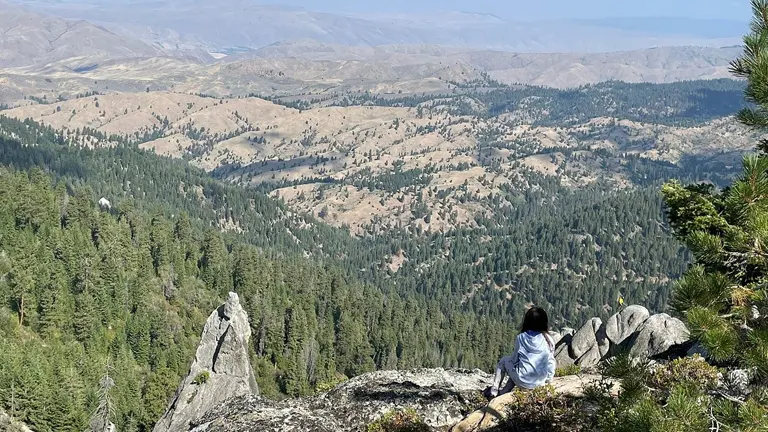
The ecosystem of Boise National Forest is unique due to its complex interplay between altitude, climate, and geology, creating habitats that support diverse flora and fauna. This ecosystem is a living laboratory for scientists and a critical resource for understanding environmental changes and their impacts. The forest’s ability to sustain such a variety of life forms underscores the importance of its preservation and the need for ongoing research and conservation efforts.
Location of Boise National Forest
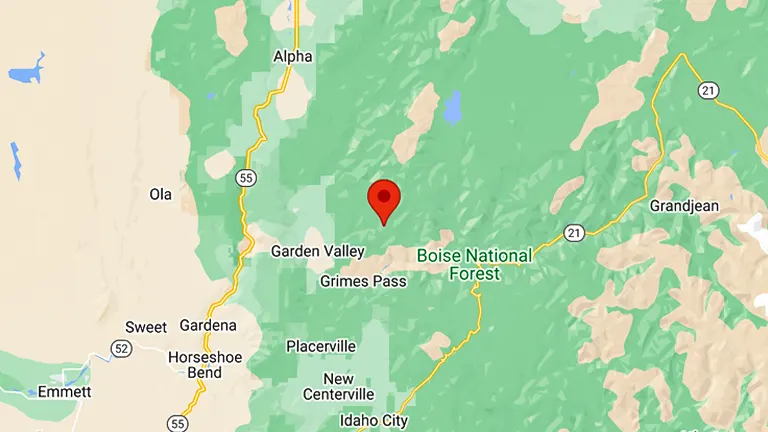
Nestled in the heart of Idaho, Boise National Forest spans over 2.6 million acres of mountainous terrain. It is easily accessible from Boise, Idaho’s capital city, making it a popular escape for both locals and tourists seeking solace and adventure in nature. The forest’s proximity to urban areas combined with its vast wilderness offers a unique blend of convenience and seclusion.
Conservation and Recreation in Boise National Forest
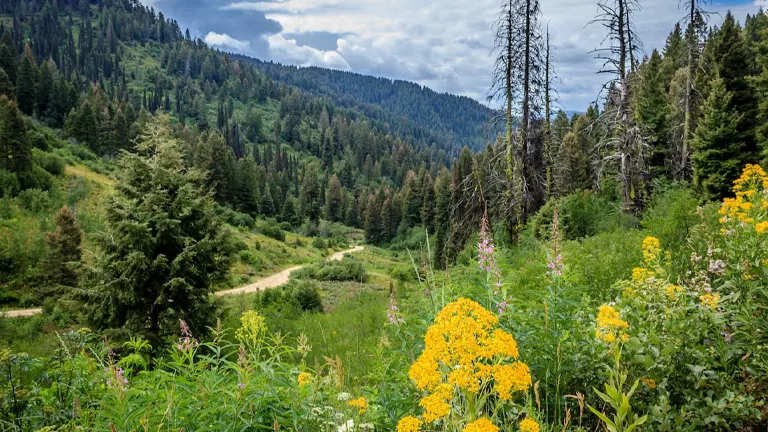
Boise National Forest serves as a prime example of the delicate balance between preserving natural resources and offering recreational opportunities. Conservation efforts in the forest are crucial for protecting its diverse ecosystems, which include pristine waterways, rich forest lands, and unique wildlife habitats. These efforts ensure the sustainability of the forest for future generations while also contributing to the fight against climate change by maintaining carbon-sequestering vegetation and soils. Recreationally, the forest is managed to provide a multitude of outdoor activities that are harmonious with its conservation goals. Trails for hiking, biking, and equestrian use are designed to minimize environmental impact, and camping areas are managed to preserve the natural beauty of the surroundings. This balance ensures that visitors can enjoy the splendor of the forest without compromising its ecological integrity.
Diverse Vegetation and Plant Species in Boise National Forest
- Ponderosa Pine (Pinus ponderosa): Dominating lower elevations, these towering trees are iconic to the forest’s landscape, providing habitat for numerous species.
- Douglas Fir (Pseudotsuga menziesii): Found at mid-elevations, Douglas fir contributes to the forest’s dense canopy and is crucial for erosion control and wildlife shelter.
- Quaking Aspen (Populus tremuloides): These trees are easily recognizable by their trembling leaves and smooth, white bark. Aspens are important for biodiversity, supporting a variety of wildlife.
- Wildflowers: The forest floor is a mosaic of vibrant wildflowers in the spring and summer, including lupines, Indian paintbrush, and sunflowers, adding to the forest’s biodiversity and beauty.
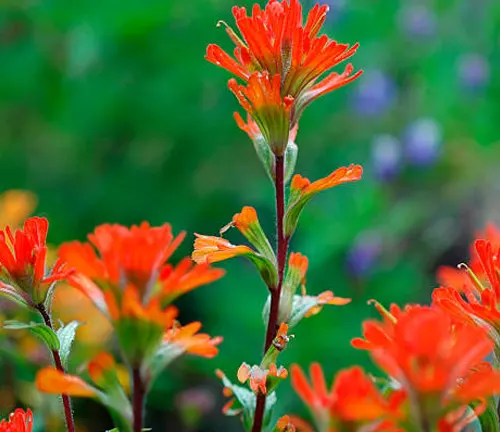
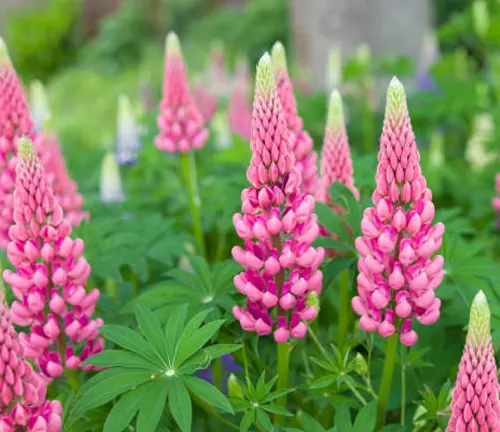
Fauna in Boise National Forest
- Elk (Cervus canadensis): These large mammals are commonly seen in the forest’s open meadows and are a vital part of the ecosystem.
- Bald Eagle (Haliaeetus leucocephalus): The national bird of the United States, bald eagles can be spotted near rivers and lakes, fishing for their next meal.
- Mountain Lion (Puma concolor): As top predators, mountain lions play a critical role in maintaining the health of the forest’s ecosystem by controlling the population of other species.
- Idaho Giant Salamander (Dicamptodon aterrimus): This amphibian is endemic to Idaho and finds refuge in the moist, cool environments of the forest.
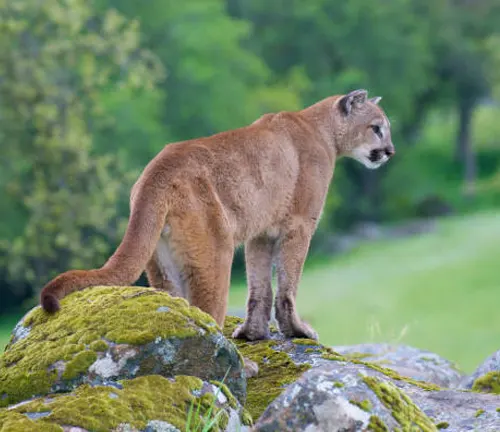
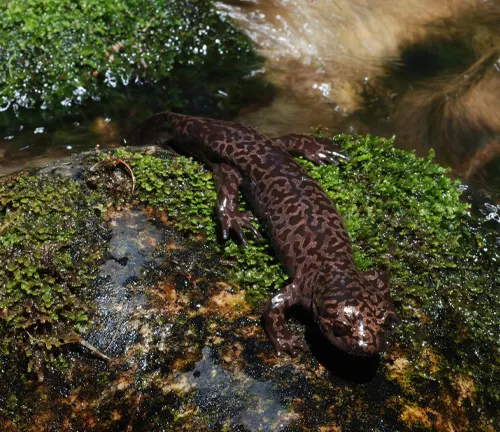
Attractions in Boise National Forest
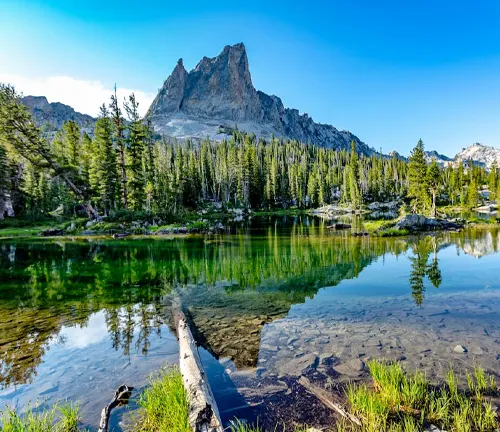
Sawtooth Wilderness Area: This pristine wilderness area within Boise National Forest is a highlight for many visitors due to its stunning alpine landscapes, over 50 jagged peaks rising above 10,000 feet, and more than 300 high-altitude lakes. The Sawtooth Wilderness is a haven for backpackers, climbers, and anyone seeking solitude amidst raw nature. Its ecosystem supports a diverse range of wildlife and plant species, serving as a critical habitat for conservation and a spectacular example of Idaho’s rugged beauty.
Payette River Scenic Byway: This scenic route offers breathtaking views of the Payette River, mountains, and dense forests. It’s not just a drive; the byway is a gateway to numerous outdoor activities, including whitewater rafting, fishing, and camping. Educational opportunities abound, with interpretive signs along the route explaining the area’s geology, ecology, and history, making it a fascinating journey through the heart of Idaho’s natural wonders.
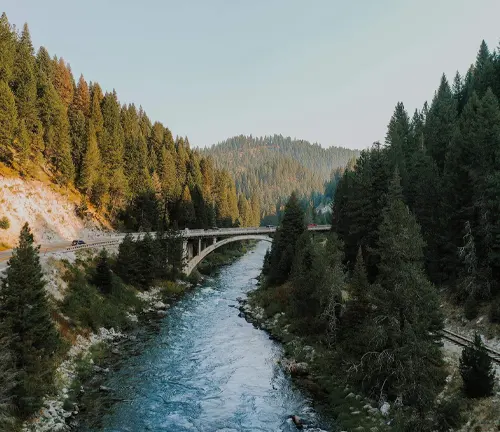
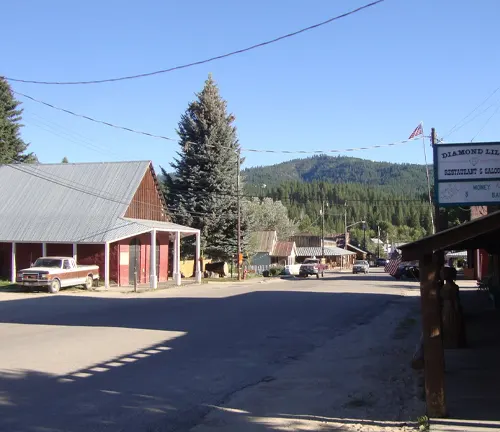
Historic Idaho City: Once a booming gold rush town, Idaho City is a living museum that offers a glimpse into the 19th-century mining era. Visitors can walk the wooden sidewalks, explore historic buildings, and learn about the forest’s role in Idaho’s mining history. The surrounding area is also a testament to the forest’s recovery and resilience, showcasing how nature can reclaim lands affected by human activity.
Bogus Basin Mountain Recreation Area: Located just a short drive from Boise, Bogus Basin offers year-round recreational activities. In the winter, it’s a popular destination for skiing, snowboarding, and snowshoeing. During the summer months, visitors can enjoy hiking, mountain biking, and exploring the diverse flora and fauna of the area. Educational programs at Bogus Basin focus on environmental conservation and outdoor skills, making it a place for both recreation and learning.
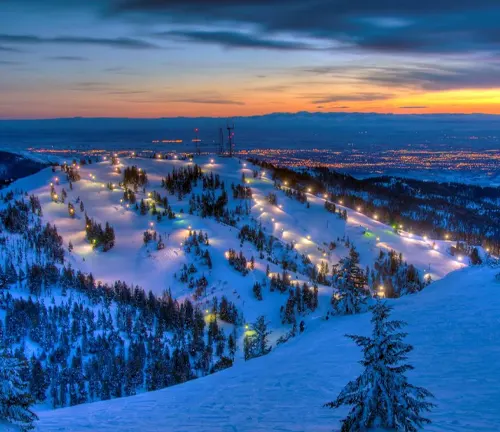
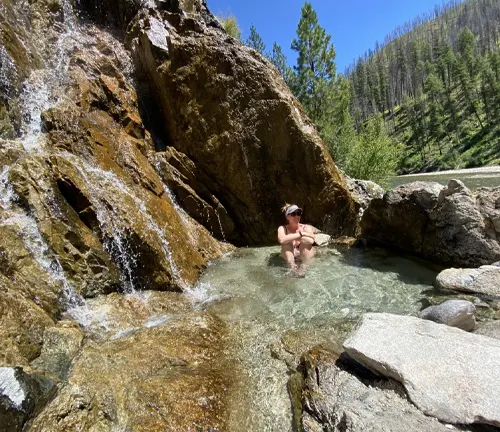
Hot Springs: Boise National Forest is dotted with natural hot springs, such as Kirkham Hot Springs and Pine Flats Hot Springs. These thermal waters are not only a relaxing way to enjoy nature but also provide insight into the geological forces at work beneath the Earth’s surface. The hot springs are a natural laboratory for understanding geothermal activity and its role in the ecosystem, offering a unique educational experience in a breathtaking setting.
Redfish Lake: Although technically just outside the Boise National Forest in the Sawtooth National Recreation Area, Redfish Lake is often associated with visits to the region due to its close proximity and stunning beauty. The lake offers crystal-clear waters with a backdrop of the Sawtooth Mountains, ideal for boating, swimming, and hiking. It’s an excellent example of glacially carved landscapes, offering lessons in geology and natural history.
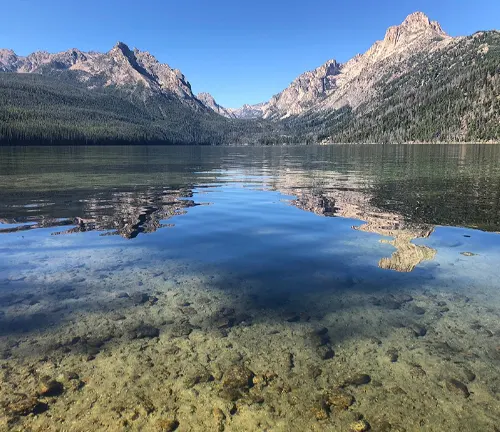
Recreational Activities in Boise National Forest
- Hiking: With over 1,300 miles of trails, hiking is one of the most popular activities in Boise National Forest. Trails range from easy, family-friendly paths to challenging backcountry routes offering solitude and breathtaking views. The forest’s diverse landscapes provide unique hiking experiences, from meandering through lush valleys and dense forests to scaling rugged peaks. Trails like the Blue Lake Trail and the Bear Valley Hot Springs Trail are favorites among visitors for their scenic beauty and the opportunity to connect with nature.
- Mountain Biking: Boise National Forest is a premier destination for mountain bikers, offering an extensive network of trails that cater to all levels of expertise. From smooth and flowing single tracks to technically demanding downhill courses, the forest provides a thrilling experience for every rider. The Stack Rock Trail, for example, is renowned for its stunning vistas and varied terrain, making it a must-ride for enthusiasts seeking adventure amidst the forest’s natural splendor.
- Fishing: The numerous rivers, lakes, and streams in Boise National Forest are teeming with a variety of fish species, making it a paradise for anglers. Whether it’s fly fishing in the serene waters of the South Fork Payette River or casting a line in the alpine lakes within the Sawtooth Wilderness, fishing in the forest is a peaceful way to enjoy the outdoors and potentially catch trout, bass, and other freshwater fish. The forest’s aquatic ecosystems are carefully managed to ensure sustainable fishing opportunities for future generations.
- Camping: Offering everything from developed campgrounds with amenities to primitive backcountry sites, camping in Boise National Forest is an ideal way to immerse yourself in Idaho’s natural beauty. Campgrounds like Shafer Butte and Grandjean provide a range of services for comfort, while dispersed camping areas offer a more rugged and intimate experience with the wilderness. Camping is a fantastic way to spend quality time with family and friends, under the canopy of stars surrounded by nature’s tranquility.
- Whitewater Rafting and Kayaking: The forest’s rivers, especially the Payette River, are renowned for their excellent whitewater rafting and kayaking opportunities. With sections ranging from gentle floats to adrenaline-pumping Class IV rapids, the rivers cater to beginners and experienced paddlers alike. Companies offer guided trips, ensuring a safe and exhilarating experience navigating the rapids, surrounded by spectacular forest scenery.
- Winter Sports: When winter blankets the landscape in snow, Boise National Forest transforms into a playground for winter sports enthusiasts. Bogus Basin and other areas within the forest offer skiing, snowboarding, and snowshoeing opportunities. The forest’s groomed trails and backcountry areas provide a serene setting for cross-country skiing and snowshoeing, allowing visitors to explore the winter wonderland in quietude.
- Wildlife Viewing and Photography: The diverse habitats within Boise National Forest are home to an array of wildlife, including elk, deer, bears, and numerous bird species. Wildlife viewing and photography are popular activities, offering chances to observe these animals in their natural settings. The forest’s changing seasons, vast landscapes, and dynamic wildlife create endless opportunities for photographers to capture the essence of Idaho’s wilderness.

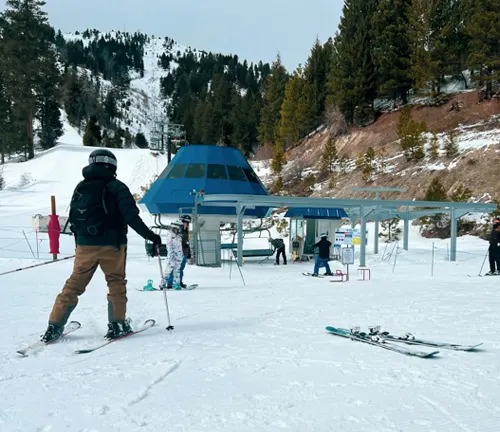
Different Facilities and Amenities in Boise National Forest
- Campgrounds: The forest offers over 70 campgrounds, ranging from sites with full RV hookups and electrical outlets to primitive, tent-only areas. Facilities at developed campgrounds often include potable water, vault toilets, picnic tables, and fire rings. These campgrounds serve as convenient bases for exploring the surrounding wilderness, with some located near streams or lakes, offering additional recreational opportunities like fishing and swimming. Notable campgrounds include Silver Creek Plunge, which is known for its natural hot springs, and Deadwood Reservoir, a favorite for boaters and anglers.
- Picnic Areas: For those looking for a day visit, Boise National Forest provides numerous picnic areas equipped with tables, grills, and sometimes shelters. These areas are often situated in scenic locations, offering a peaceful setting for a meal in the great outdoors. Many picnic areas also serve as trailheads or are located near streams and rivers, allowing for easy access to hiking or water-based activities post-picnic.
- Trails: The forest boasts an extensive network of trails for hiking, biking, horseback riding, and motorized vehicles, catering to all levels of difficulty and interests. These trails are not only pathways into the heart of nature but also serve as conduits for education and understanding of the local ecosystem. Trailheads typically feature parking areas, informational kiosks with maps and safety information, and, in some cases, restroom facilities.
- Visitor Centers: Visitor centers in the Boise National Forest, such as the Idaho City Ranger Station, provide a wealth of information to help plan your visit. These centers offer maps, brochures, and exhibits on the forest’s history, wildlife, and ecosystems. Staff and volunteers can offer tips on trails, campgrounds, and current conditions, making them invaluable resources for maximizing your experience in the forest.
- Boat Ramps and Access Points: For visitors interested in water sports, the forest offers several boat ramps and access points to its rivers and lakes. These facilities enable easy access for boating, kayaking, and fishing. Locations like Sage Hen Reservoir and Arrowrock Reservoir are popular for their boating facilities, offering a gateway to water-based recreation in stunning natural settings.
- Scenic Byways: The forest is home to parts of designated scenic byways, such as the Ponderosa Pine Scenic Route. These roads offer driving access through some of the most picturesque areas of the forest, with pullouts and viewpoints along the way. These byways are not just about the destination but also about the journey, providing educational signage about the natural and cultural history of the region.
- Hot Springs: A natural feature unique to Boise National Forest and the surrounding area, several hot springs are accessible to the public. Facilities at these hot springs vary, with some being developed with pools and changing areas, while others remain completely natural and rustic. Kirkham Hot Springs and Pine Flats Hot Springs are examples where visitors can enjoy the therapeutic benefits of geothermal waters in beautiful forest settings.
Tips and Advice for Visiting in Boise National Forest
- Understanding the Terrain: Boise National Forest offers a variety of landscapes, from deep forests and alpine meadows to fast-flowing rivers. Familiarize yourself with the area you plan to visit using maps and guidebooks, which is vital for safe navigation and enjoyment of the forest’s diverse environments.
- Weather Preparedness: The forest experiences a range of weather conditions, from hot summers to cold, snowy winters. Check the forecast before you go and dress in layers. Always bring rain gear and be prepared for sudden weather changes, which are common in mountainous areas.
- Wildlife Awareness: The forest is home to species like elk, black bears, and wolves. While wildlife encounters can be thrilling, it’s crucial to keep a safe distance and not feed animals. Store food securely and be aware of the forest’s guidelines on what to do if you encounter a bear or other potentially dangerous wildlife.
- Trail Etiquette: Staying on marked trails helps protect fragile habitats and ensures you don’t get lost. Yield to other trail users where appropriate—typically, hikers yield to equestrian riders, and downhill bikers yield to uphill bikers. Keep noise levels down to respect both wildlife and the experience of other visitors.
- Camping Regulations: Camping is permitted in designated areas, and some may require a permit. Follow the forest’s regulations regarding campfires, waste disposal, and tent placement to minimize your impact and maintain the forest’s natural condition for future visitors.
- Fire Safety: Be aware of current fire conditions and regulations. During dry seasons, there may be fire bans in place. If campfires are permitted, use established fire rings and ensure all fires are completely extinguished before leaving.
- Leave No Trace Principles: Familiarize yourself with the seven Leave No Trace principles, which range from planning and preparation to waste disposal and minimizing campfire impacts. Adhering to these principles helps preserve the natural beauty and health of the forest ecosystems.
- Water Sources and Treatment: While streams and lakes abound, treat all water before drinking to avoid waterborne illnesses. Boiling, filtering, or chemically treating water can ensure it’s safe for consumption.
- Emergency Preparedness: Carry a first aid kit, a map, a compass or GPS device, and know how to use them. Tell someone your plan and expected return time. In case of an emergency, remain calm and follow the forest’s recommended procedures.
- Activities and Recreation: Boise National Forest offers activities like hiking, biking, fishing, and horseback riding. Visit the forest’s official website or visitor centers for information on trails, conditions, and any permits that might be required for specific activities.
Recommendation
For an unforgettable Boise National Forest experience, consider a multi-day backpacking trip through the Sawtooth Wilderness. This journey will take you through some of the most stunning landscapes the forest has to offer, from towering peaks to serene alpine lakes. It’s an excellent opportunity to disconnect from the digital world and immerse yourself in nature. Remember to plan your trip according to your experience level and always prepare for changing weather conditions.
Conclusion
Boise National Forest is a testament to the beauty and diversity of the American wilderness. From its rich history and unique ecosystem to its wide range of recreational activities and educational opportunities, the forest offers something for everyone. Whether you’re seeking adventure, tranquility, or a deeper connection with nature, Boise National Forest is a destination that promises memorable experiences and a renewed appreciation for the natural world.
FAQs
- What is the best time of year to visit Boise National Forest?
The best time to visit depends on the activities you’re interested in. Summer months (June to August) are ideal for hiking, camping, and water activities due to warmer weather. Fall (September to October) offers cooler temperatures and beautiful autumn foliage, making it perfect for hiking and wildlife viewing. Winter (November to March) is great for snow sports like skiing and snowshoeing. Spring (April to May) can be unpredictable with lingering snow or muddy conditions, but it’s also a beautiful time for wildflower viewing. - Are there any entrance fees for Boise National Forest?
There are no entrance fees for accessing Boise National Forest. However, some recreational sites and facilities, such as campgrounds and day-use areas, may charge fees. A recreation pass, like the Interagency Annual Pass, may be required for certain activities or areas. - Can I bring my dog to Boise National Forest?
Yes, dogs are welcome in Boise National Forest but must be kept on a leash in developed recreation areas and campgrounds. In backcountry areas, it’s recommended to keep dogs under control at all times. Be sure to pack out all pet waste to keep the forest clean. - Are campfires allowed in Boise National Forest?
Campfires are allowed in designated areas and campgrounds with fire rings, but they may be restricted or banned during periods of high fire danger. Always check current fire restrictions before your visit and never leave a fire unattended. - What kind of wildlife might I see in Boise National Forest?
The forest is home to a diverse range of wildlife, including deer, elk, black bears, mountain lions, wolves, and numerous bird species like the bald eagle and osprey. Always view wildlife from a distance and do not feed or approach animals. - Are there any designated wilderness areas within Boise National Forest?
Yes, Boise National Forest contains several designated wilderness areas, including parts of the Frank Church-River of No Return Wilderness and the Sawtooth Wilderness. These areas are protected and managed to preserve their natural conditions, offering unparalleled opportunities for solitude and backcountry adventure. - What should I do if I encounter a bear in the forest?
If you encounter a bear, do not run. Remain calm, make yourself appear larger by raising your arms, and speak in a calm, assertive tone to identify yourself as a human. Slowly back away, but do not turn your back on the bear. Be prepared by knowing bear safety tips and carrying bear spray if you’re in bear country. - How can I help protect Boise National Forest during my visit?
Practice Leave No Trace principles by packing out all trash, staying on designated trails to prevent erosion, camping in designated sites, and respecting wildlife. Participate in responsible recreation by adhering to forest regulations, fire restrictions, and being considerate of other visitors to help ensure the forest remains a beautiful and safe place for everyone.
Leave your worries behind and find your adventure in the Boise National Forest. Until next time, explore safe and leave no trace!


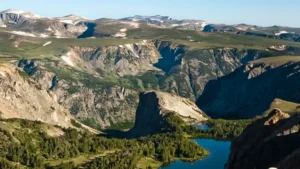
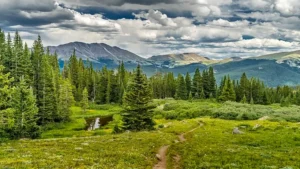
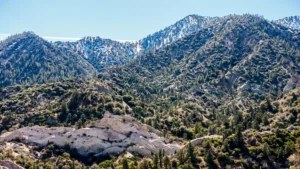
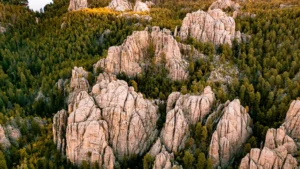

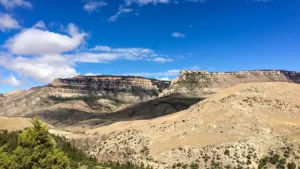

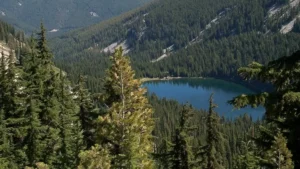
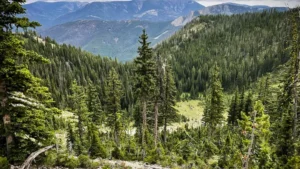
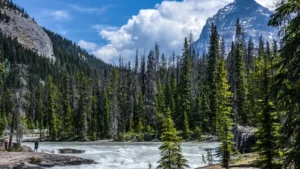

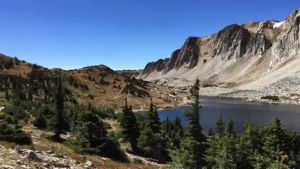
Leave your comment